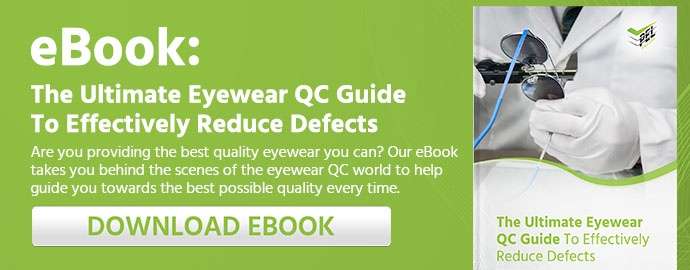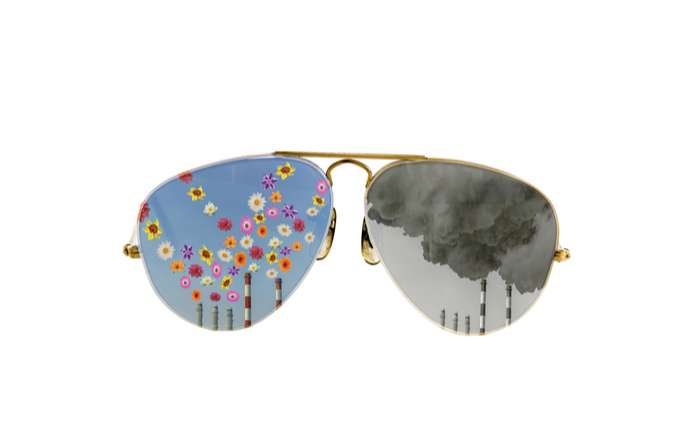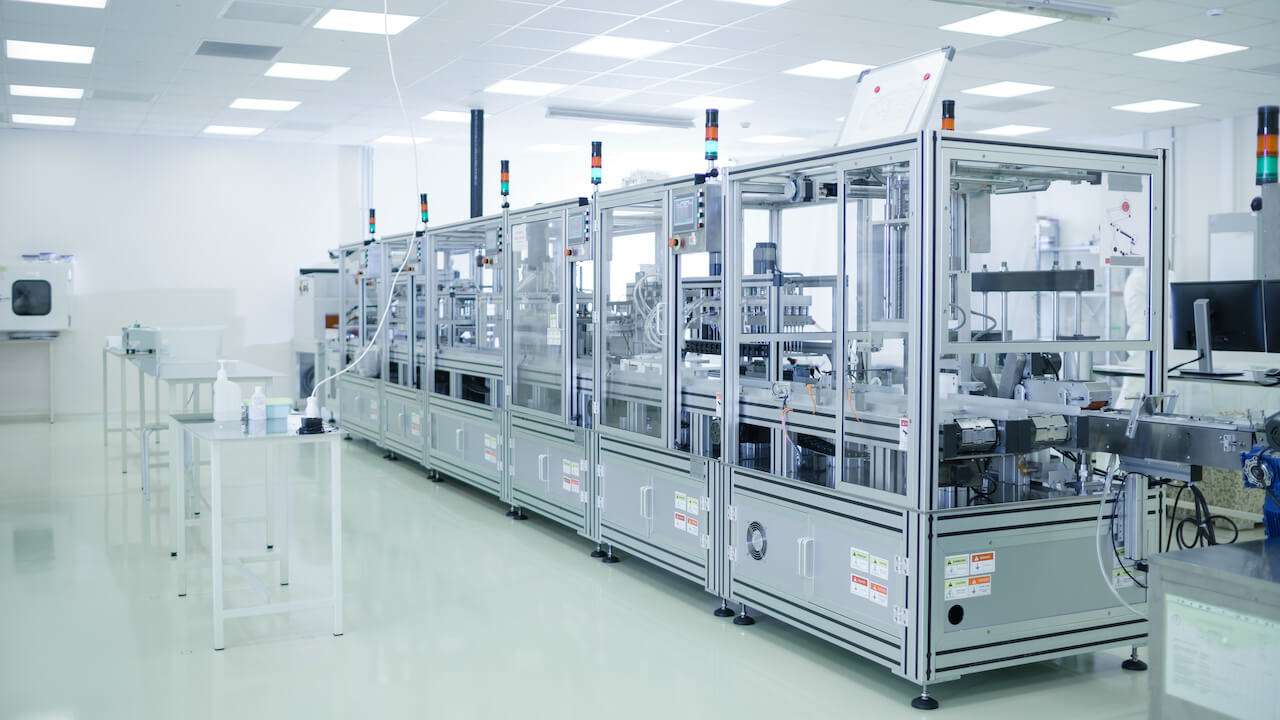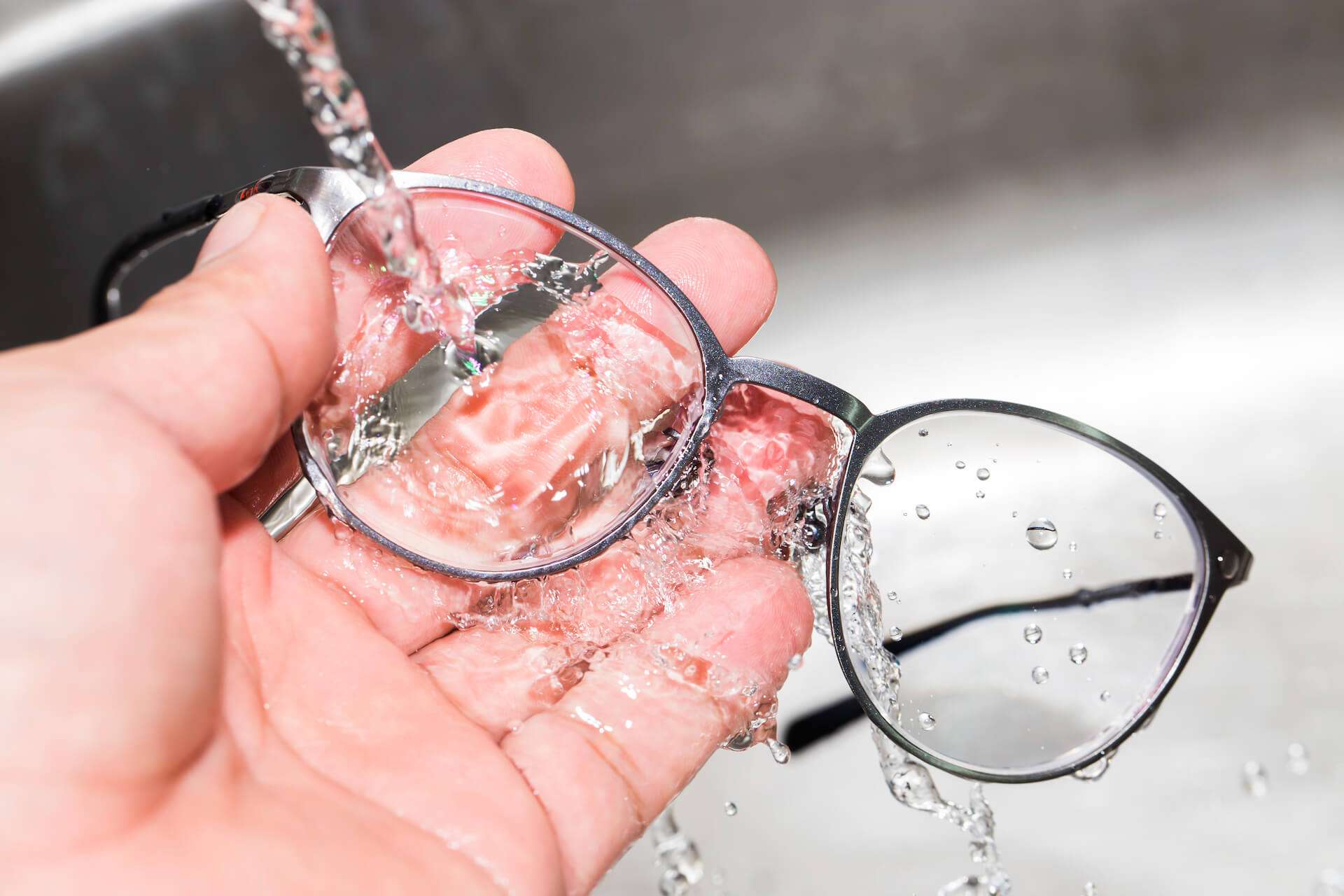Eyewear, like everything manufactured in China, has a bad “Made in China” stigma attached to it. There are thousands of people online that are quick to knock China for “bad quality” and “cheaply produced” products. However, is a product manufactured in a different country then by definition better? Of course not! As an independent testing lab in China here's a bit of our eyewear insight.
China does not produce lousy quality eyewear per se. In fact, China produces some of the best quality eyewear in the world - no point denying it! But, if you do not approach the manufacturing process correctly you're very likely to receive substandard eyewear. This rings true even if you’re currently manufacturing with a trusted factory in China.
Don’t get me wrong. I’m not here to gun at China’s eyewear manufacturers or independent eyewear companies at that. I’ve worked with both for many years and respect both sides. This article aims to take an objective at how you can guarantee eyewear quality when producing eyewear in China.
Can PEL speak with authority?
As an impartial third-party eyewear inspection laboratory in China (the only one in China), we’re probably the best-suited authority to give you the facts, and a few opinions. So buckle up and get ready for an Aha moment or two.
Why is substandard quality eyewear even an issue?
There are thousands of eyewear producing factories in China; they congregate in what we commonly refer to as clusters. China has a way of taking a specific trade or product and building factories in the same region to produce a similar range of products.

An excellent example of this is the steel and pipe cluster in Tianjin. If you’re looking for anything steel related, you know you’ll find it there. Looking for electronics, you can head over to the cluster in Shenzhen or Guangzhou.
Why does China Cluster?
It makes perfect sense when you think about it. If you’re producing the same type of products in the same region you’ve just solved 90% of your supply chain and logistical problems. Transport becomes more affordable with multiple and frequent deliveries now in the same area. Shared containers or pallet space become a viable option that can drastically cut costs.
Simply put, it’s just easier to have factories producing similar products in the same area, predominantly because of the ease of access to raw materials and supply chains.
What does this have to do with cheaply produced eyewear?
It matters because of the culture that develops in these clusters. Competition is fierce, deadlines are demanding. Every potential eyewear customer needs a factory that can produce inexpensive eyewear of excellent quality.
The average email request an eyewear manufacturer receives might read something like this:
“Hi,
I am looking for good quality sunglasses, a combination of metal and acetate. I need to work directly with the factory (no middle men) and need your best and cheapest pricing, but the quality must be very good.
Regards,
Sue”
Let’s squash this fallacy once and for all - Cheap and Good Quality RARELY go together. You pay peanuts you get monkeys!
In these clusters you have hundreds of factories competing against each other to produce cheap eyewear but also excellent quality. And what does (fictional) Sue do if she doesn’t get the price she is looking for, she goes to another manufacturer. After all, there are hundreds of them right?
But chances are Sue was given an unrealistic price to fuel a somewhat unrealistic expectation, and will probably end up receiving substandard or plain bad quality eyewear.
Given, this is a very generalised example, but the point I’m trying to make is that there’s a reason “Made in China” has a bad rap, but bad quality "Made in China" myths need to be debunked. However, this does not mean that you can’t produce world-class eyewear in China. If companies like Essilor, Luxottica and even Warby Parker can produce excellent eyewear in China there’s no reason anybody else can’t do the same.
It’s All About How You Approach It
PEL work with numerous big names in the eyewear trade, and if there’s one thing I can say with authority it’s that no matter how big or small, you need to keep your finger on the pulse. A lot of this begins with how you approach the problem.
The good news is it’s not as hard or tedious as you might think. We’re not only dealing with a “Made in China” stigma but also with an “everything in China is cheap” stigma. Which is where the problem starts. Yes, China is generally less expensive to produce good quality eyewear, but good quality raw materials don’t come cheaply, anywhere.
If you’re using Nickel in your eyewear you’ll inevitably run into good and bad quality Nickel, and the genuine article that complies with international standards is a costly commodity.
Acetate is another example, good quality acetate takes at least a year to cure and obtaining good quality acetate in the colour that’s trending, well that doesn’t come cheaply either.
FURTHER READING
- Are Acetate Frames Destroying Eyewear Lenses During Shipping?
- New EU Regulations - Testing Nickel in Eyewear Frames (2018)
- The True Cost of Eyewear Quality Control - Why it Saves You Money
- 10 Best Practices You Must Follow to Ensure Quality Eyewear Manufacturing
We tend to forget all the pieces that go into a good piece of eyewear - screws, hinges, arms, lenses etc. And when you factor in pricing consider the raw materials and the quality eyewear you’re after, then think about what's required to achieve that level of quality.
Irrespective of where you are in the world, good quality costs good money. China just happens to have more material readily available than the rest of the world which puts them in a unique position to offer such good pricing.
How Do You Control Quality?
Anyone manufacturing eyewear in China will tell you that finding a worthy factory is the first and biggest hurdle to producing quality eyewear. There’s no easy way to do this, you have to go through a good many leads to suss out the best manufacturer, and it’s especially hard if you don’t have boots on the ground.
Where do you go from here?
Once you have a shortlist of manufacturers it’s highly recommended that you conduct a thorough inspection of the factory. Arguably there’s only one way to do this properly, you need to audit the eyewear manufacturer.
To give you an idea of what goes (or should go) into an audit.
Here’s what a typical PEL factory audit covers :
- Gathering a collection of all the factory’s basic information (legal entity, business license etc)
- Social compliance (child labor, forced labor etc)
- Factory facilities and living conditions of workers
- Legal employment and worker representation
- Wages and working hours
- Machinery - calibration records, maintenance plans and overall condition
- Management systems (quality management system, engineering and order planning systems etc.)
- Product quality assessment (PEL also offer inspection services, which puts us in a unique position to inspect the vendor's existing products to assess the quality of certain price range benchmarks. We also test any quality requirements specified by the customer before we evaluate factory products)
- Key process capabilities - for instance, a metal factory should have soldering and rim forming workshops in-house. For sunglasses factories - do they have a lens edging workshop and sunglasses optical power inspection capabilities in-house?
- Lead time and defective rate - advised by the vendors
After which PEL would send the client a comprehensive audit report with photos for review. This helps to give a clear picture of the potential vendor before placing the first order. It’s not uncommon for PEL’s customers to send frames from different vendors to our laboratory for product evaluation through testing and quality assessment.
“Competition is fierce, and the reality is most companies are backed up on orders. 99% of the staff are working overtime, all the time. Balls get dropped”
Ok, sorted! The audit looks good, you have a manufacturer and you’re producing eyewear, all is well with the world.
Not quite
You need to be on top of your orders as much as possible. The fact is you must control your quality control and quality assurance process for each order. I mentioned earlier that the competition is fierce, and the reality is most companies are backed up on orders. 99% of the staff are working overtime, all the time. Balls get dropped!
And with large eyewear orders, the tiniest of issues can be HUGE. A small spelling mistake or miscommunication about the Pantone can result in unsellable products which result in delays, which can amount to big losses.
I promised you at the start of this article that it’s not hard to guarantee the quality of your eyewear, and it isn’t but it does require a proactive approach from your side.The easiest way to keep tabs on all your future orders is to establish a presence in the factory.
You need to either put boots on the ground or get a trusted third-party to do it for you. China produces great eyewear, you just have to let them know that you know it too. And always keep that proverbial finger on the pulse.
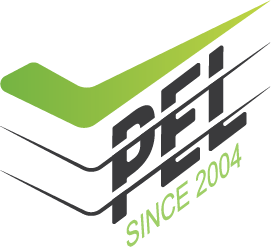

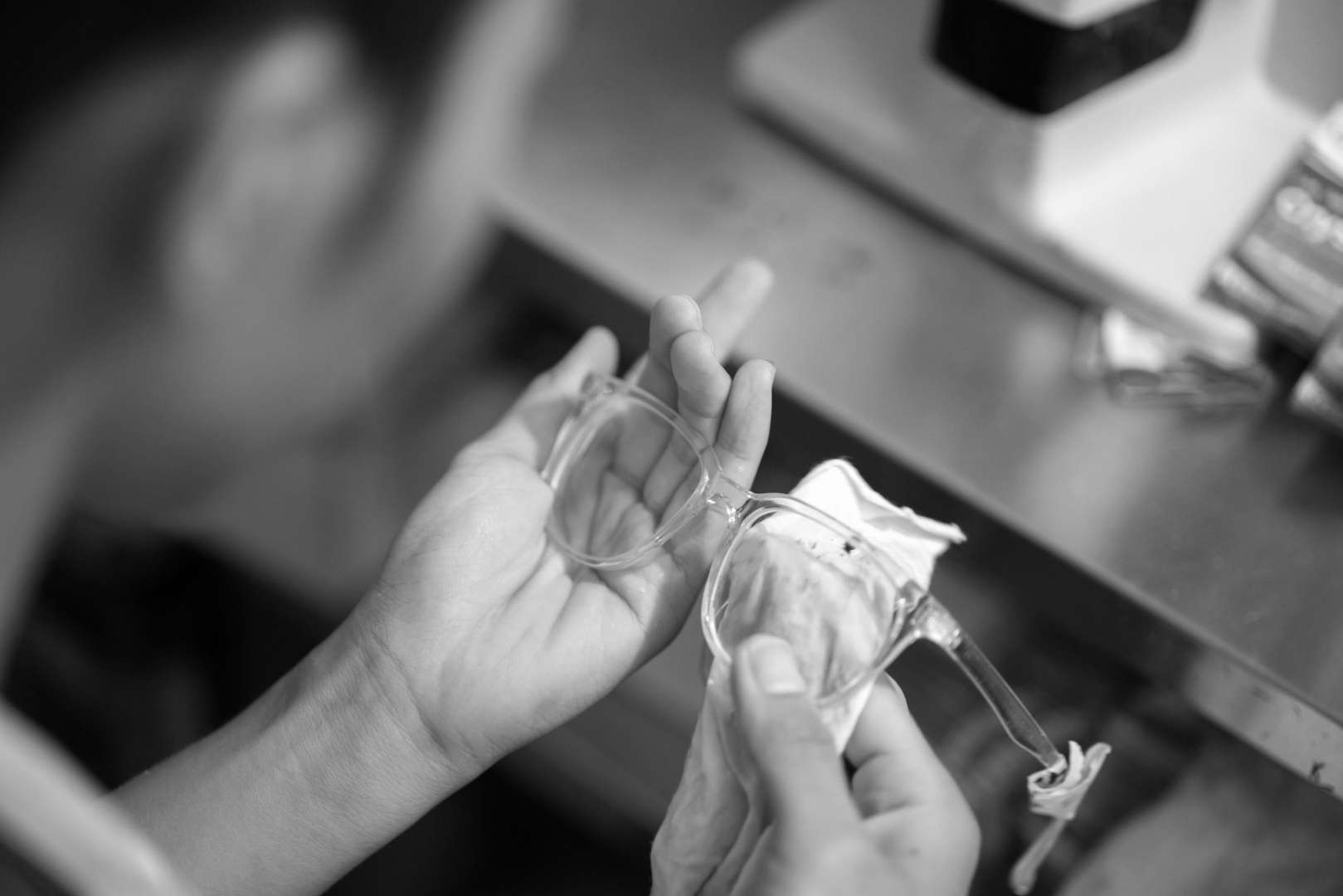

.png?width=1024&name=shutterstock_179625455%20(1).png)
